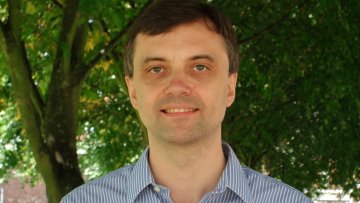The Einstein-Maxwell Equations & Conformally Kaehler Geometry
Abstract
Any constant-scalar-curvature Kaehler (cscK) metric on a complex surface may be viewed as a solution of the Einstein-Maxwell equations, and this allows one to produce solutions of these equations on any 4-manifold that arises as a compact complex surface with even first Betti number. However, not all solutions of the Einstein-Maxwell equations on such manifolds arise in this way. In this lecture, I will describe a construction of new compact examples that are Hermitian, but not Kaehler.



